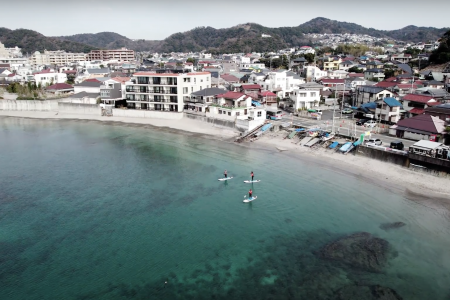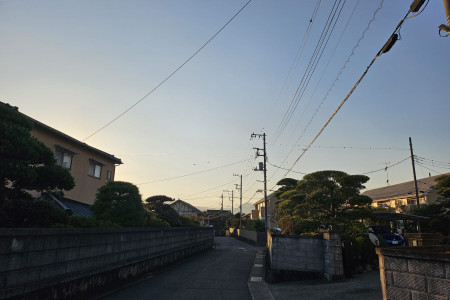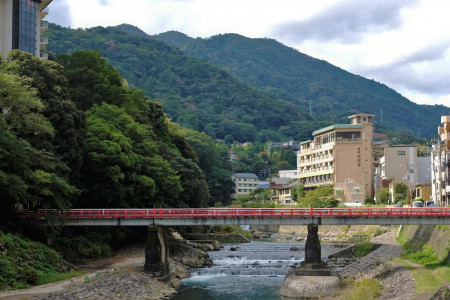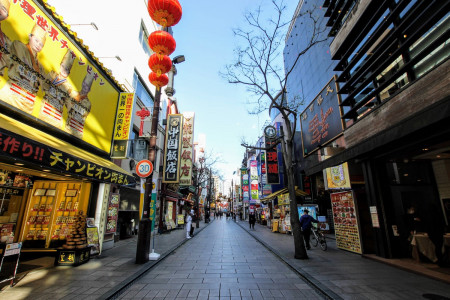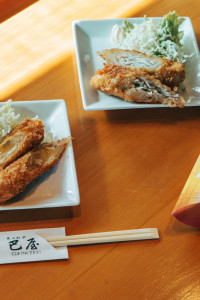
Trip reports
Local Walking Tour in Samukawa
Discover Kanagawa Prefecture’s regional delights and hidden surprises in Samukawa. Located near central Kanagawa, Samukawa is a small town where cultural sites, delicious regional cuisine, and relaxing urban parks coexist with the calming ambience of local life. On a clear day, the town even boasts Mt. Fuji views!
From Samukawa Station on the JR Sagami Line, many of the town’s attractions are within walking distance, making it an ideal place for an immersive, self-guided walking tour. From central Tokyo, Samukawa Station is between a one to 1.5-hour train and typically requires one transfer.
After arriving at Samukawa Station, your first order of business is to grab something to eat!
Samukawa Boukoro: A tasty local treat
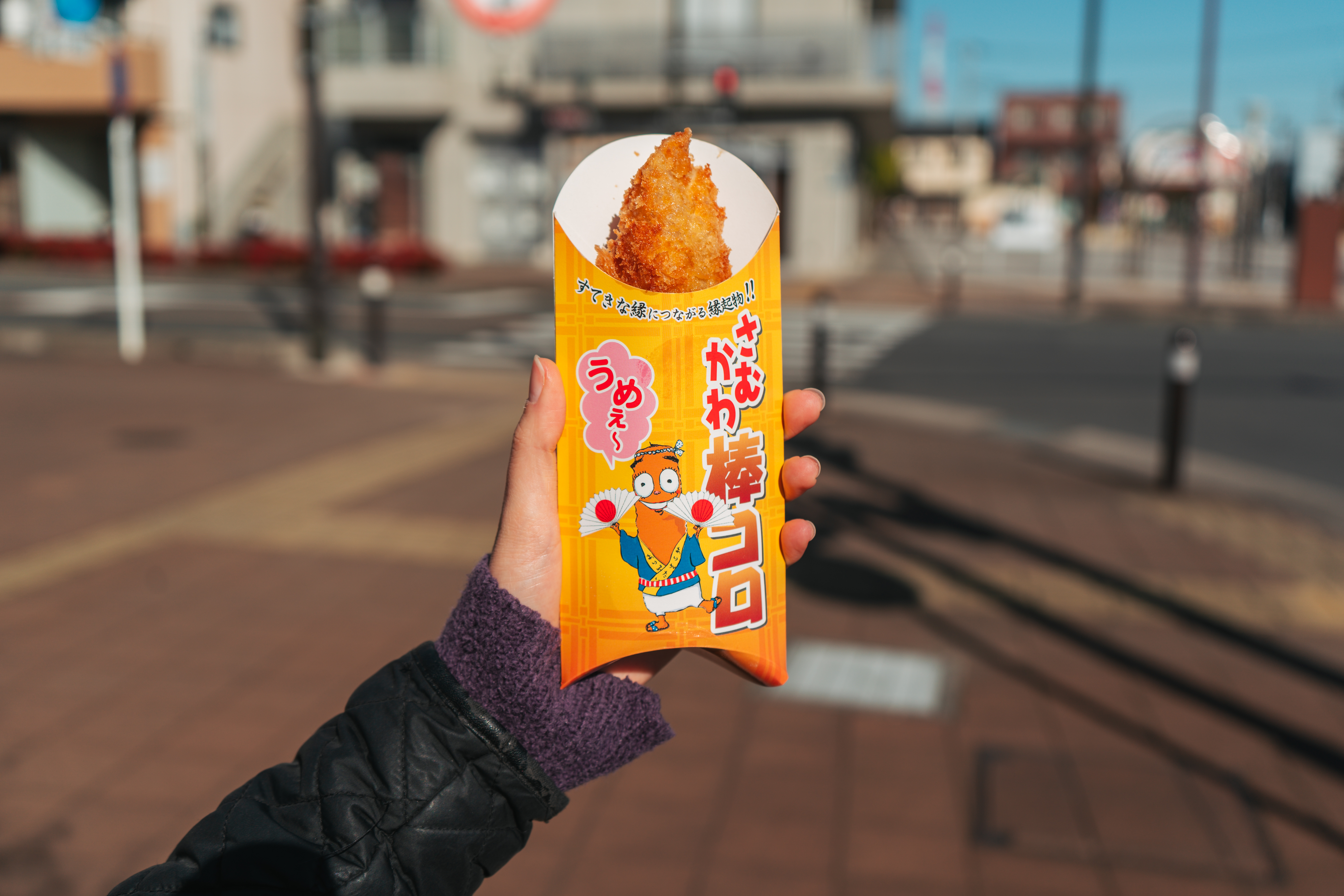
Samukawa Boukoro checks all the boxes for an ideal on-the-go snack. It is inexpensive, handheld, addictively delicious, and original to Samukawa.
In its simplest form, Samukawa Boukoro is a roughly 20cm-long potato croquette flavored with onions, cheese, and Japanese “sauce,” which includes an array of sweet and savory ingredients. Since the sauce is incorporated into the dish, you can enjoy Samukawa Boukoro without any additions—highlighting its portability. You can find this handheld treat at numerous restaurants in Samukawa, and each eatery adds its own twist to the dish with complementary fillings, such as seafood, curry, pork and kimchi, soba, and cheese. Please review this Samukawa Boukoro map (Japanese only) to find your preferred flavors.
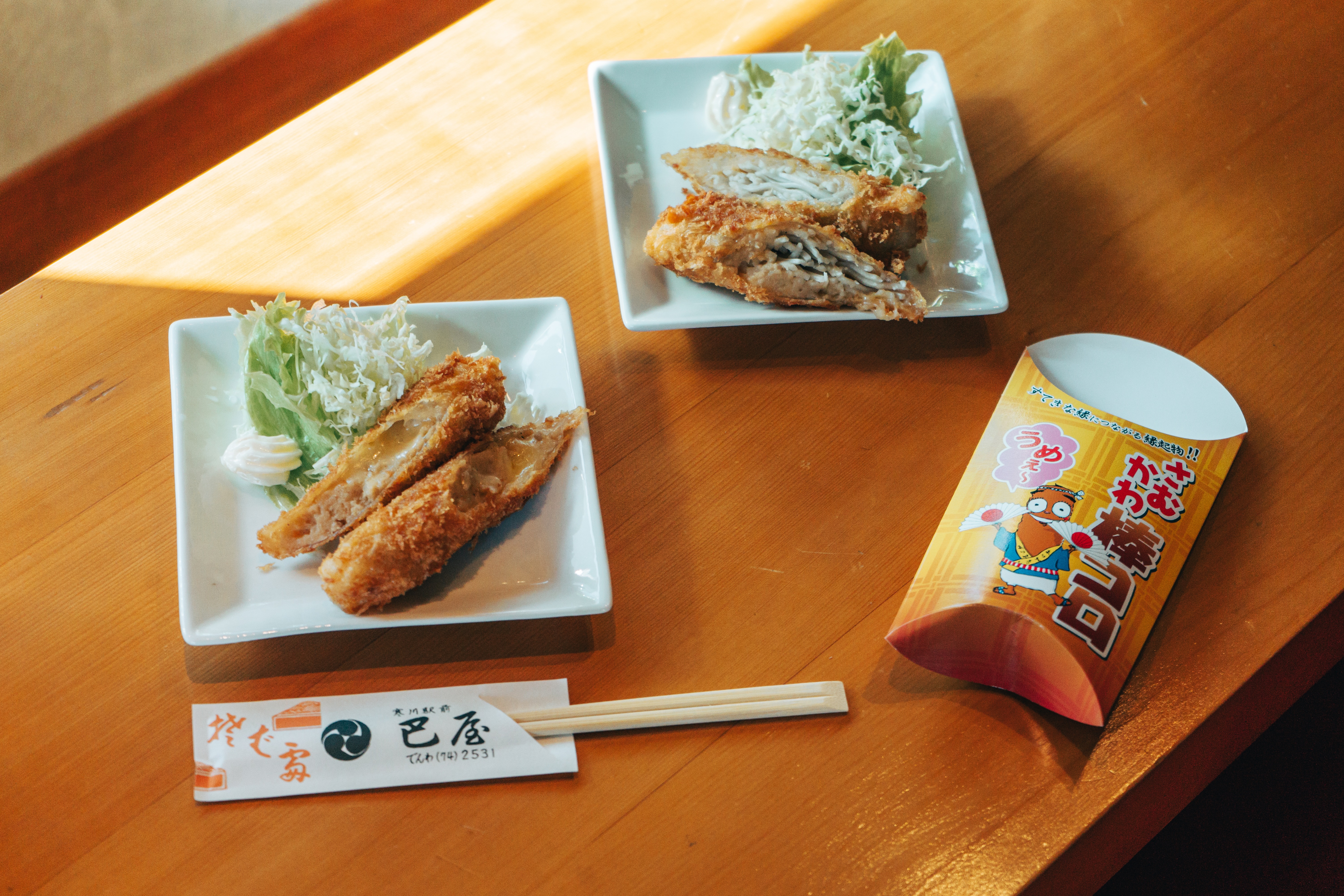
For this itinerary, we recommend visiting Osoba Tomoe-ya (巴屋 駅前店), which is an approximately one-minute walk from Samukawa Station’s North Exit. This soba (buckwheat noodle) restaurant serves soba-filled and cheese-filled Samukawa Boukoro. Since the soba variety was created by this restaurant, we highly recommend trying it out!
Served fresh from the fryer, the croquette has a satisfyingly crunchy exterior, while maintaining a soft interior. Each bite rewards you with an enticing combination of textures and flavors, making it a satiating snack between meals.
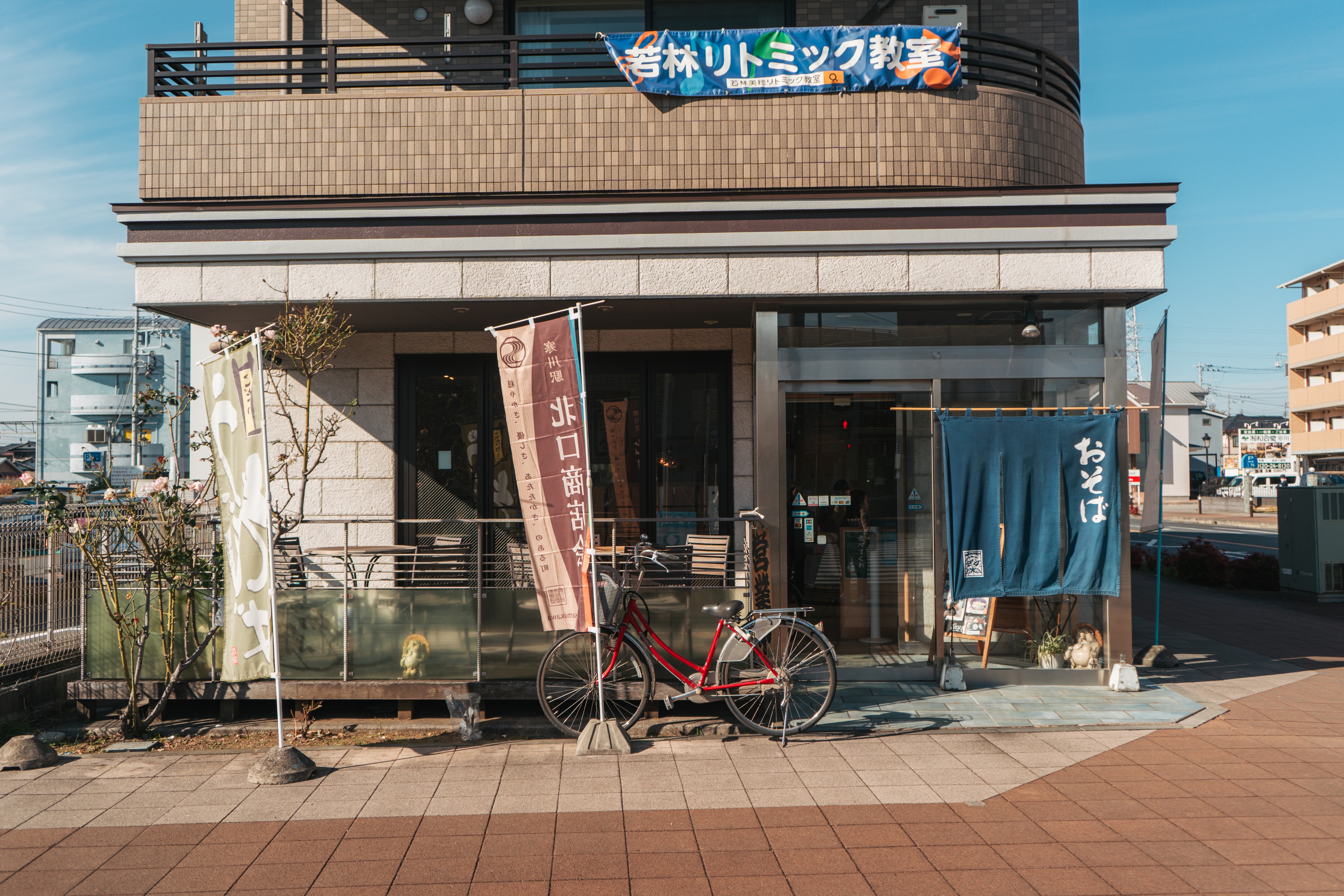
Grab one (or two) Samukawa Boukoro, and then head to Samukawa Shrine, which is a roughly 20-minute walk from the restaurant. Enjoy your freshly prepared snack as you travel.

Samukawa Shrine
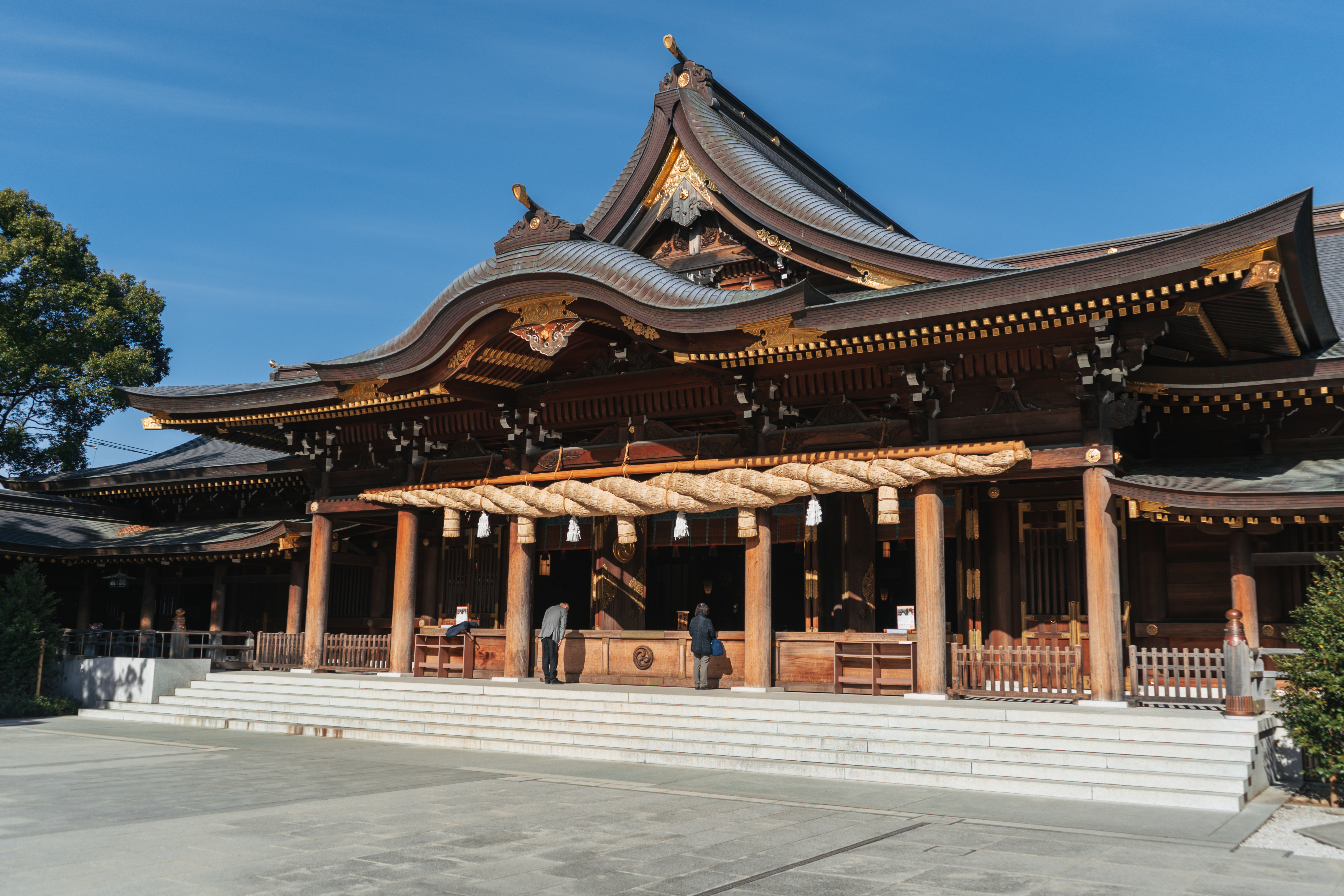
Samukawa Shrine is arguably Samukawa’s most famous destination and has a history of about 1,600 years! The shrine has long been worshipped as a guardian deity of Happo-yoke—a set of divine virtues that help promote business success and good luck by warding off misfortune from all directions. Today, Samukawa Shrine sees roughly 500,000 people for hatsumode (the first shrine visit of the year), making it the second most crowded shrine in Kanagawa on New Year's Day—a testament to its significance in and outside of the prefecture.
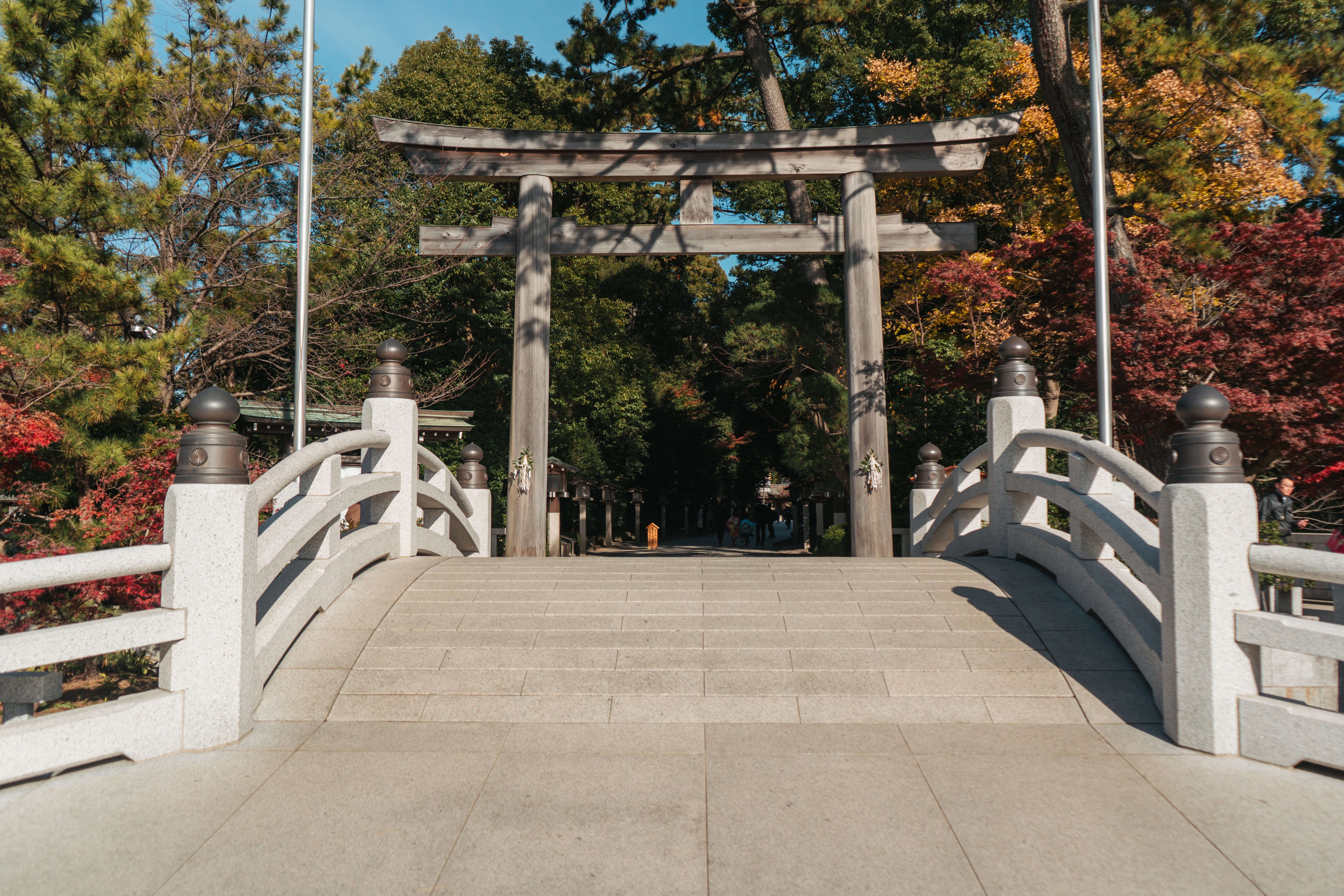
After strolling through Samukawa’s neighborhood streets, Samukawa Shrine’s entrance welcomes you with a grand torii (gate). After passing under the gate, the complex continues with a lantern-lined walkway flanked by lush trees, providing a sacred oasis in the urban area.
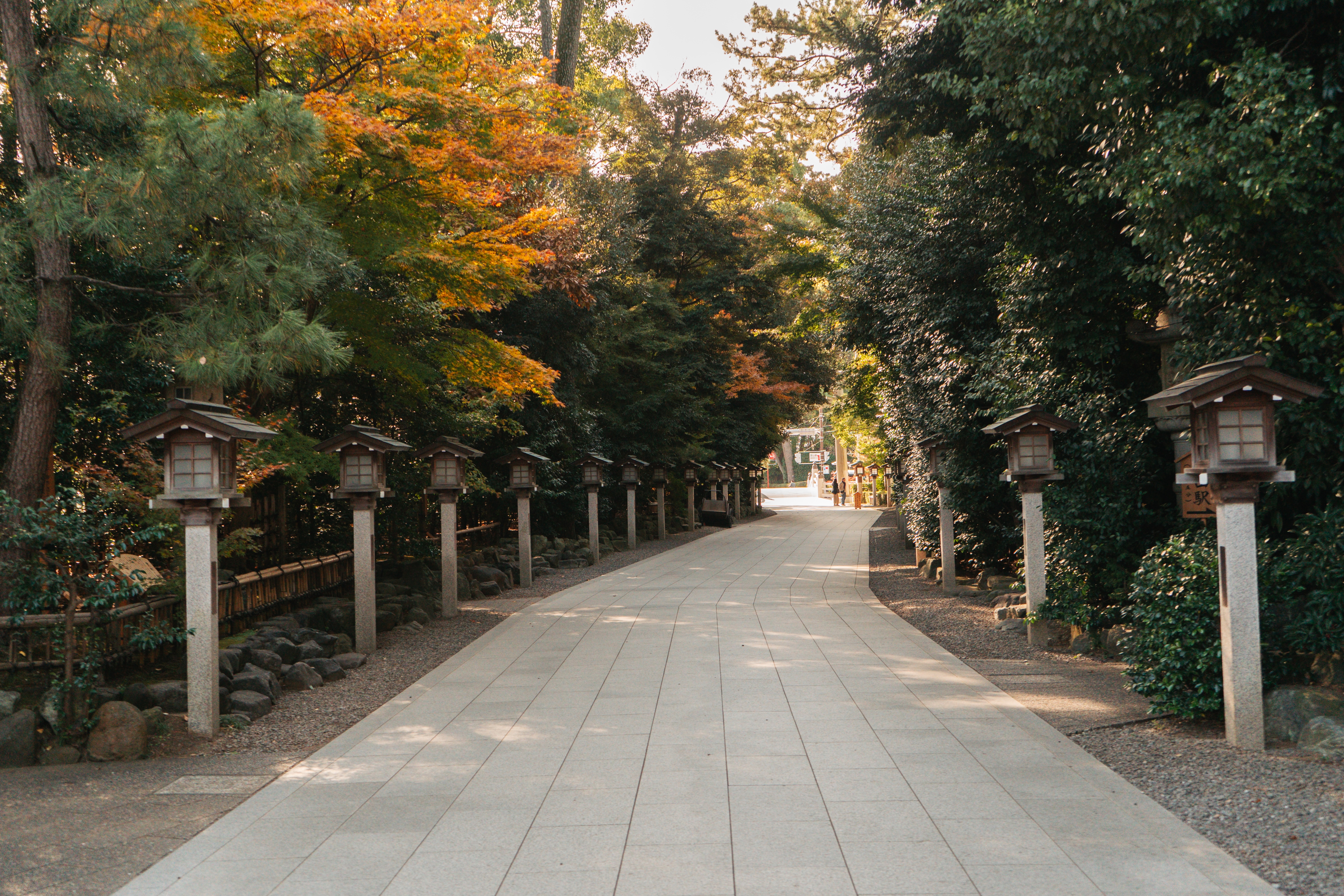
At the end of the walkway are Shinmon (the Shrine Gate) and Gosyaden (the Main Hall). Both structures were built in the 1990s and showcase mesmerizing traditional designs. The previous Shinmon, built in 1929, is also still on the premises and now serves as the Minami-mon (South Gate).
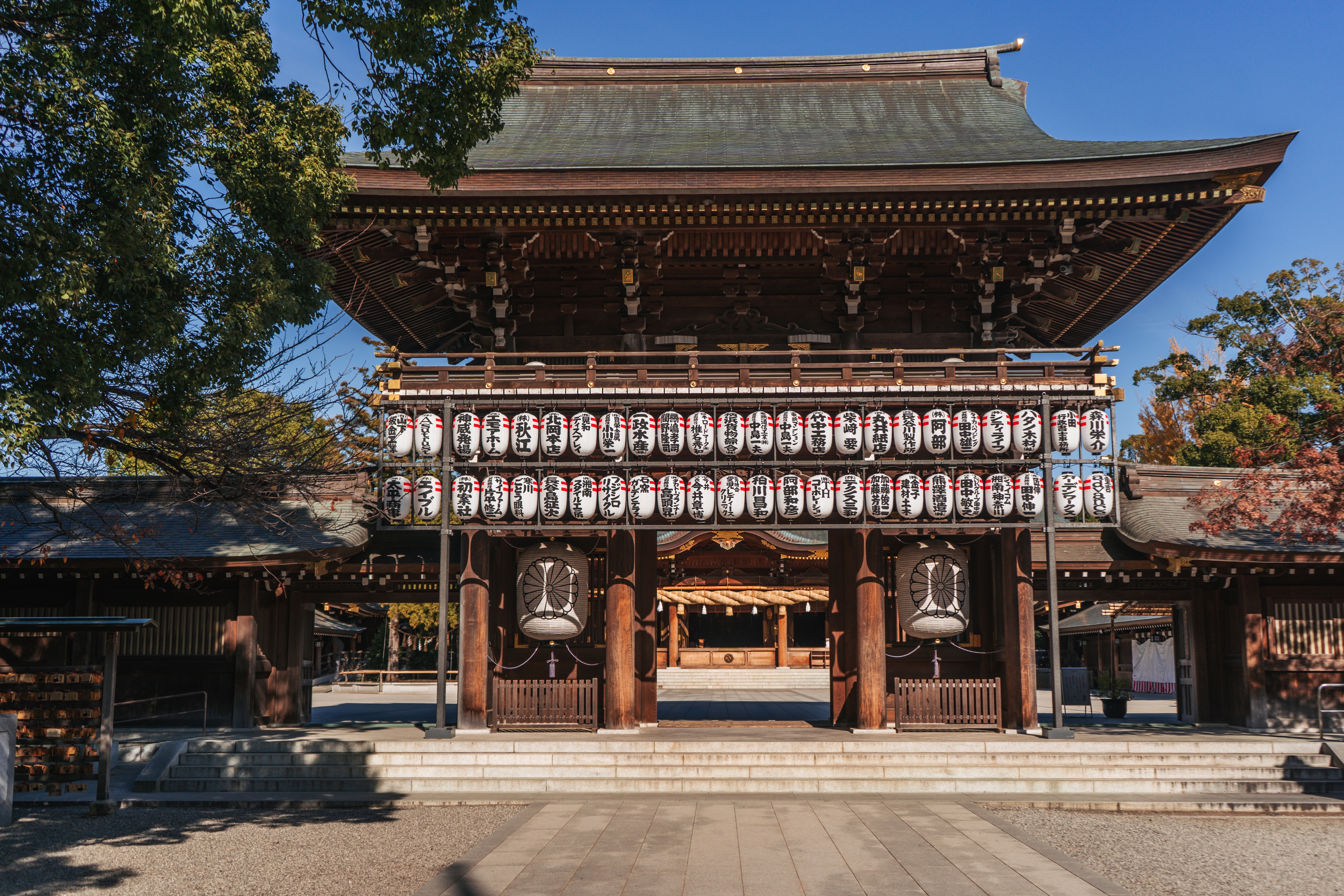
The open complex encircled by greenery, creates a beautiful, sunlit space that is perfect for quiet introspection and prayer. Since Samukawa Shrine is not a tourist attraction, you can expect a genuine shrine experience.
For a special souvenir, be sure to stop by the Shrine office for a goshuin (a representative seal stamp) or visit Juyosho for a protective amulet.
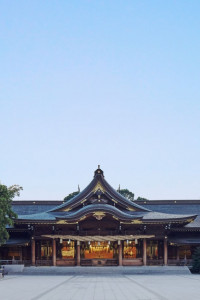
Kawatonofureai Park
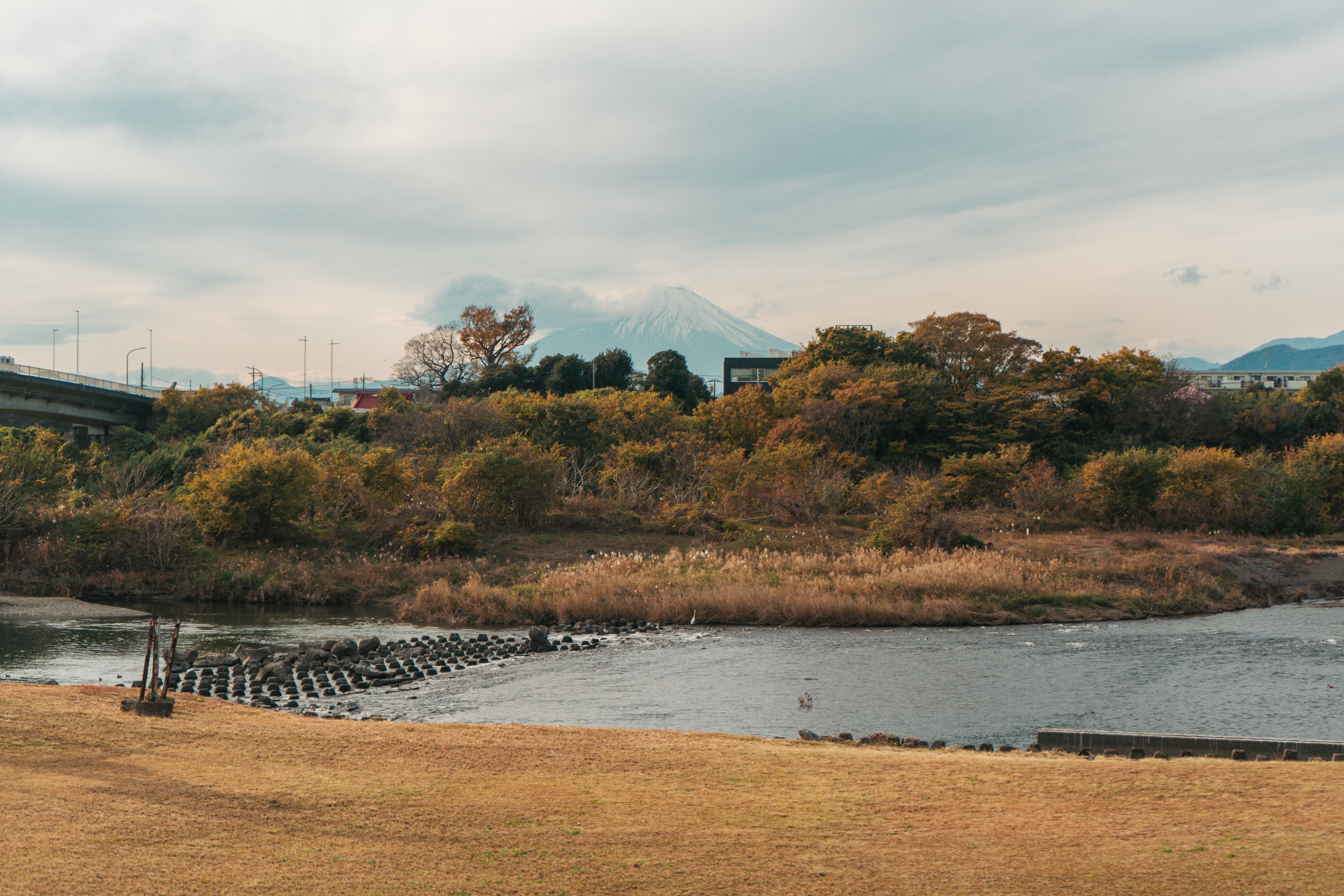
Kawatonofureai Park is an approximately 20-minute walk from Samukawa Shrine. Resting on the banks of the Sagami River, the park is home to a 10,000 square-meter lawn space, seasonal flower beds, a baseball diamond, and a soccer field. The area also has multiple cherry trees, making it a lovely spot during cherry blossom season.
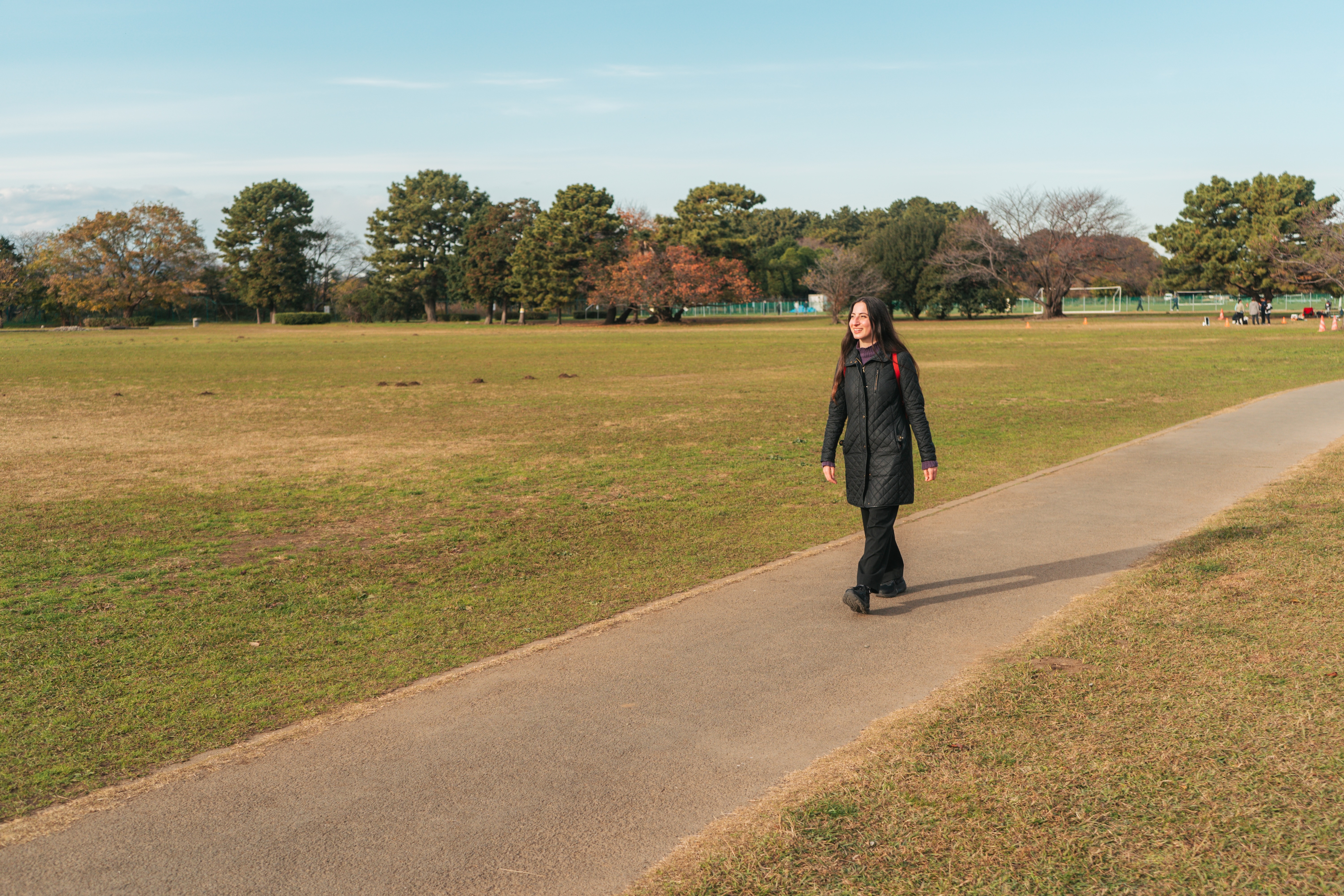
However, as you approach the park, you will likely catch a glimpse of its most iconic feature—Mt. Fuji views! On a clear day, the park grants captivating vistas of Mt. Fuji against neighborhood sceneries, creating a unique contrast of the grand and mundane. In fact, this view of Mt. Fuji is recognized as one of the “Eight best views of the Sagami River” and is called the “Mt. Fuji of Samukawa Miyayama.” Aside from this iconic mountain, the park also offers scenic views of Kanagawa’s Tanzawa Mountains.
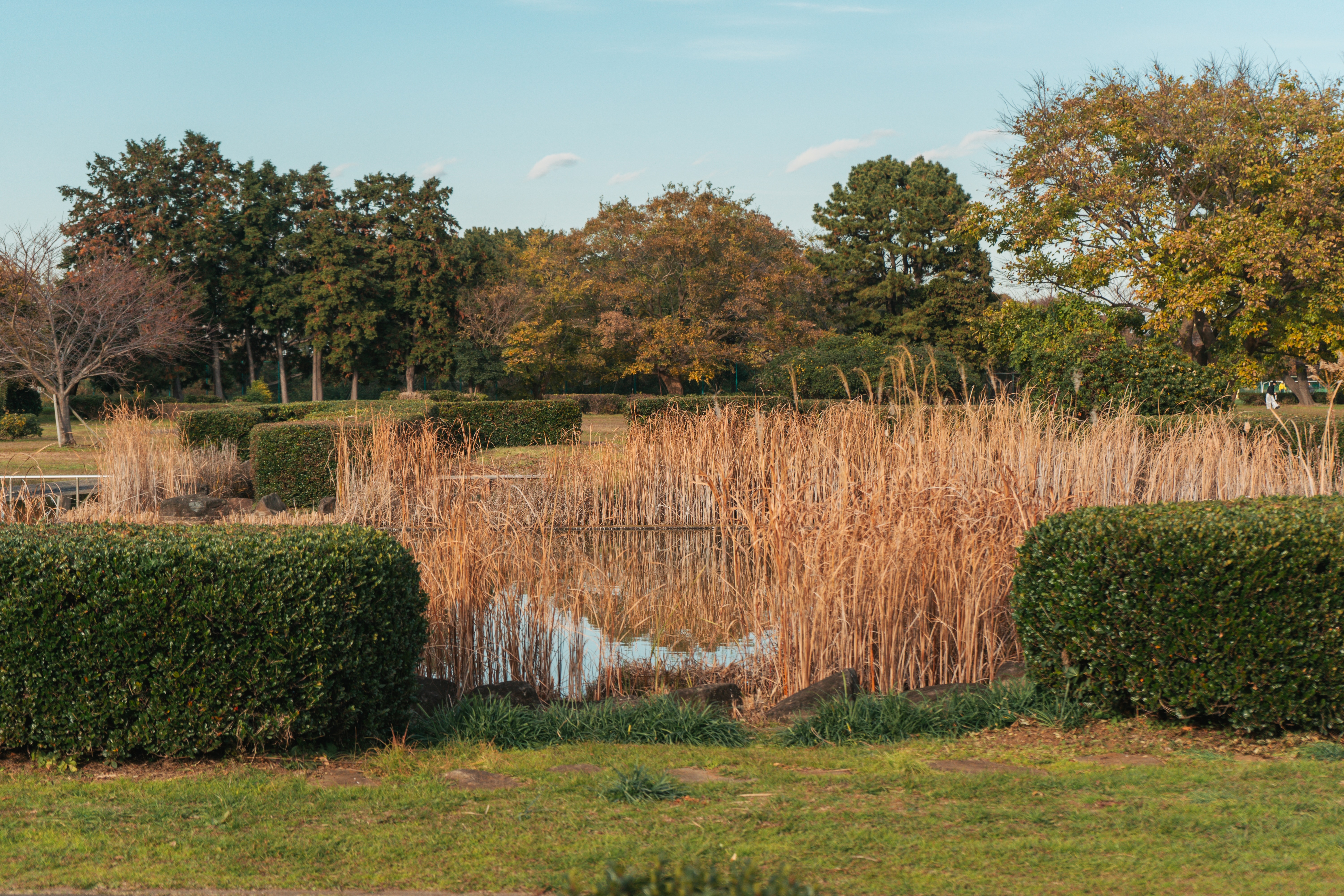
The greenspace serves as a natural refuge for residents and is abundant in dog owners and their excited furry friends. Relax at one of the many benches or picnic tables, and unwind alongside the pleasant combination of nature and local life.
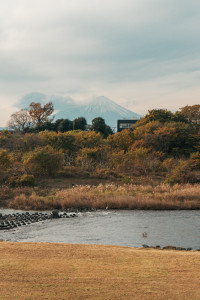
Kawatonofureai Park(Mt. Fuji Good Luck Spot for Happiness: Upside-Down Mt. Fuji)
Ichinomiya Park
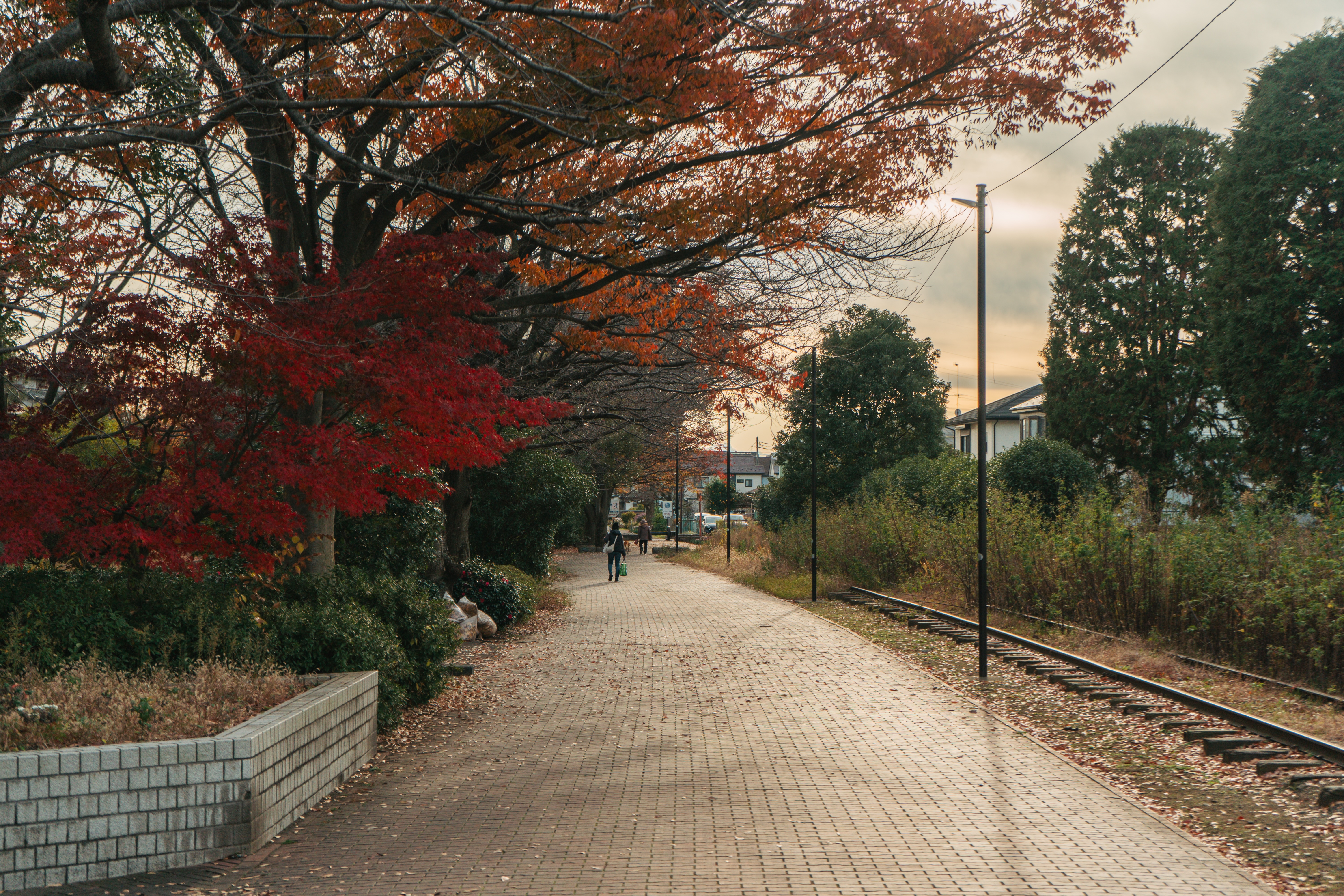
Ichinomiya Park, about a 15-minute walk from Kawatonofureai Park, is a quaint public space with a unique characteristic—abandoned railroad tracks! Opened in May 1922, the Nishisamukawa Branch Line operated between Samukawa and Shinomiya Station as a gravel transport line. Later, the line also provided freight and passenger services. However, in March 1984, the train line permanently closed.
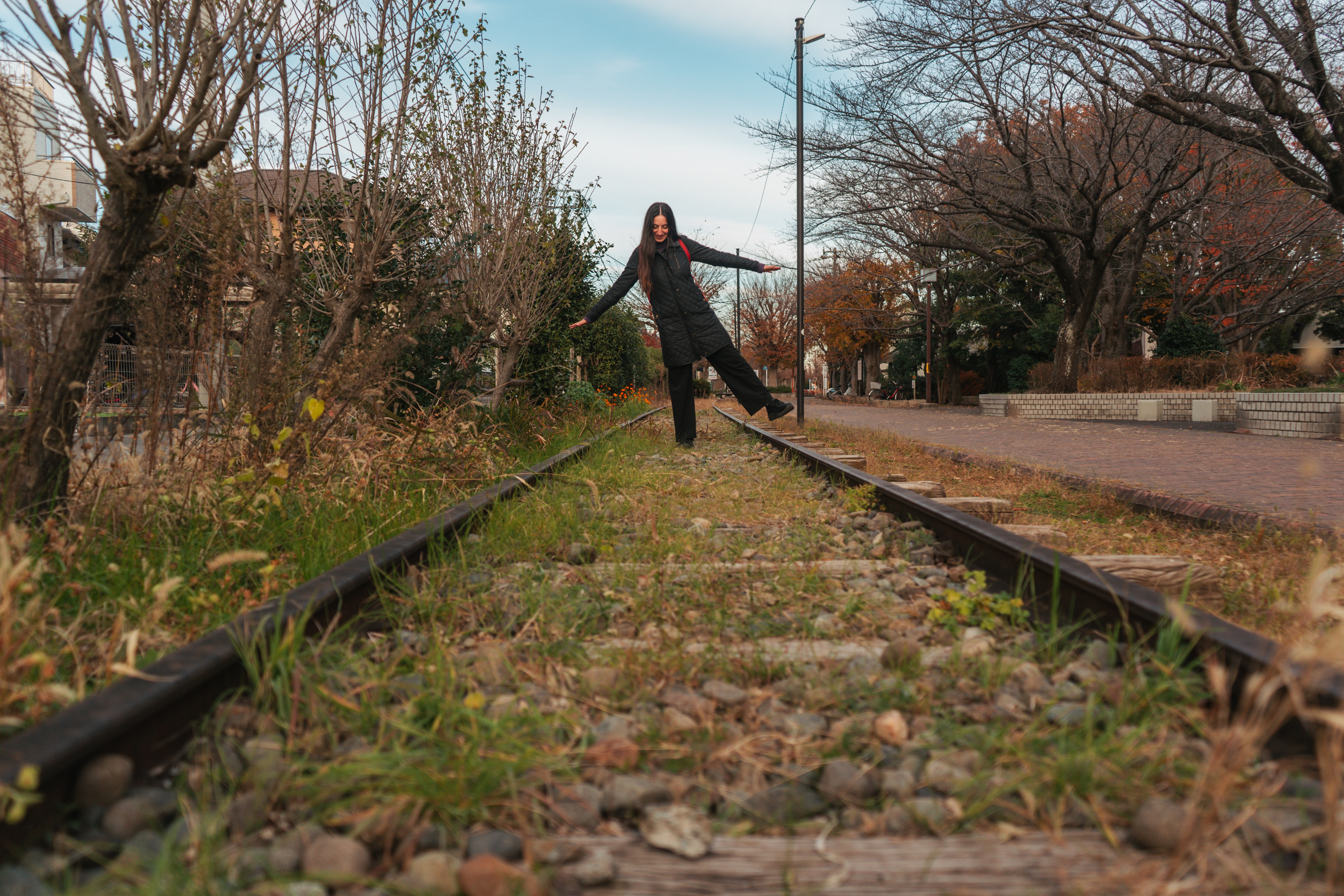
Today, the abandoned railroad tracks rest parallel to the Ichinomiya Greenery Path, a cobblestone walkway adorned with overhanging cherry tree branches and seasonal flowers. Of course, during cherry blossom season, the park is a masterpiece, painting a mesmerizing scene of pastel petals and greenery juxtaposed with rustic railroad tracks. In fact, every season complements the park’s visual intrigue, and you are guaranteed to capture a one-of-a-kind photo. Railway enthusiasts will also love the displayed train wheels at the northern end of the park.
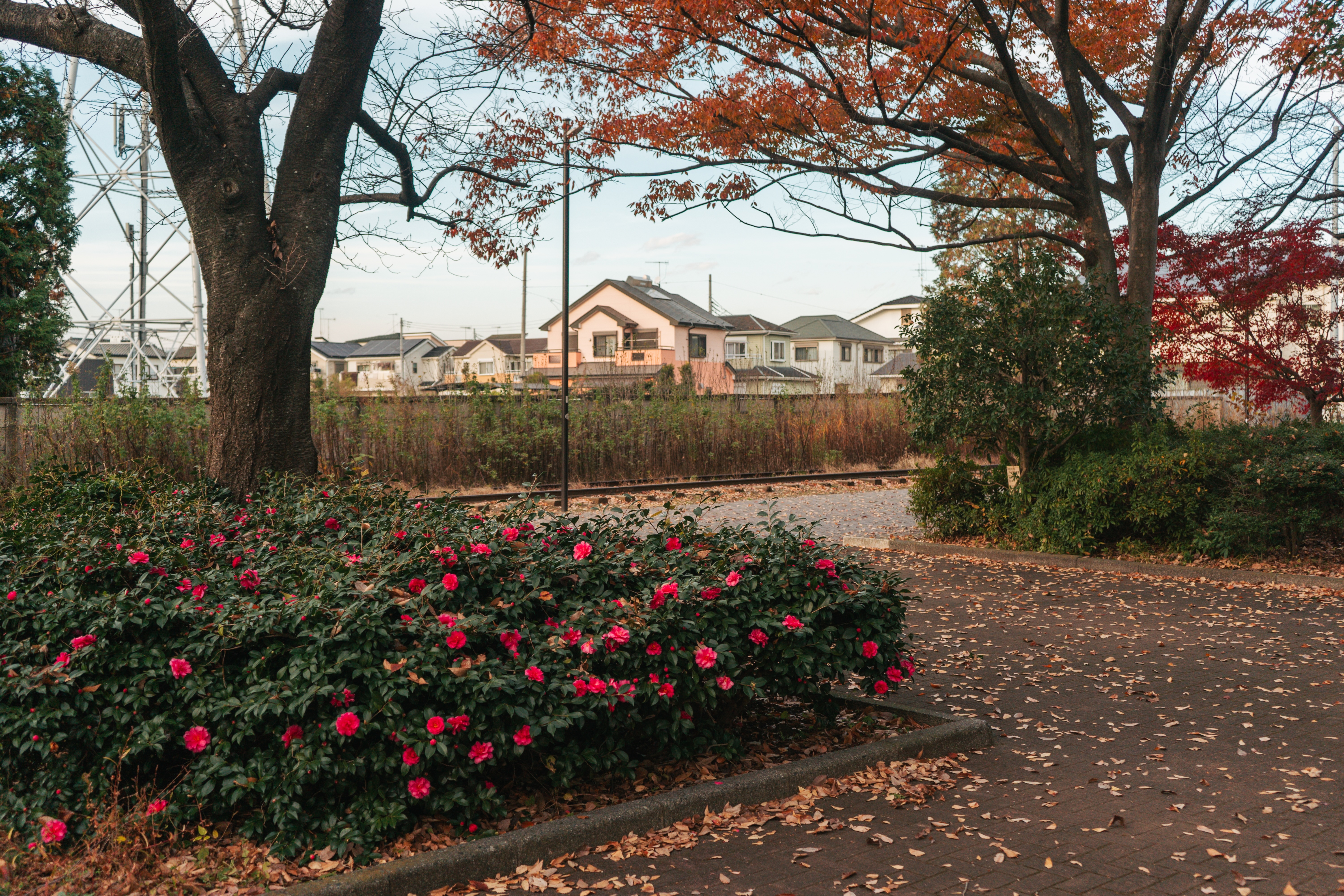
In addition to its railway aesthetic, the park also has picnic tables, benches, a playground, and a spacious green lawn. It’s an excellent place to relax like a local.
Once you are ready to depart, Samukawa Station is about a 15-minute walk from Ichinomiya Park.
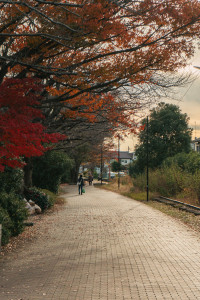
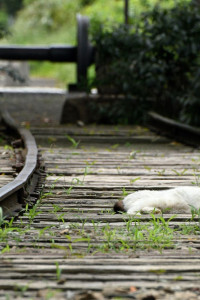
Leisurely explore Samukawa
From its iconic shrine to its local gourmet and urban nature retreats, Samukawa offers a quiet getaway where beloved attractions meet charming neighborhood vibes. By enjoying this trip on foot, you can further immerse yourself in the everyday atmosphere. Remember, Samukawa is only a short one- to 1.5-hour train ride from central Tokyo.
